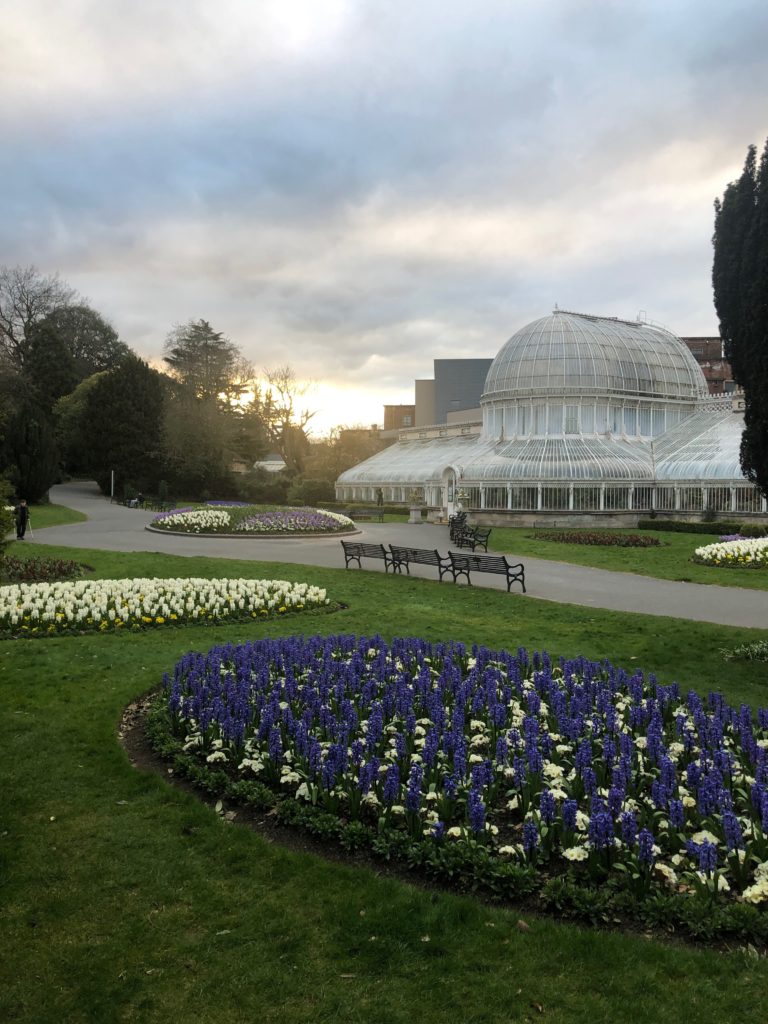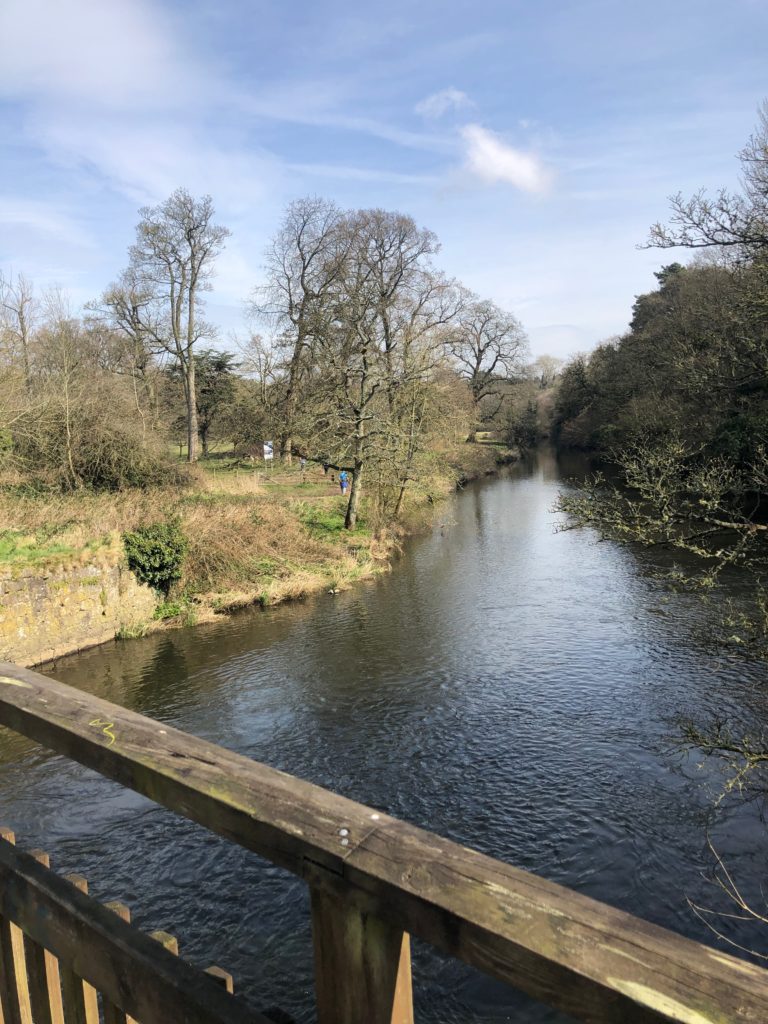We hear it each day – that today is unlike any other point in history. In New York, Andrew Cuomo recites it nightly to his brother on CNN. In Northern Ireland, Michelle O’Neill and Arlene Foster compete to see who can reel off more platitudes in a single day. To some degree, we have all internalized this refrain. Some have turned to raiding supermarkets to stockpile toilet paper (newsflash: toilet paper actually won’t save you from the Coronavirus). Others have turned to Instagram to detail their daily routines (I feel a duty to say that unless it it’s gourmet, people aren’t interested in what you had for breakfast). And more than a few have responded to the current bleakness by turning to gin (I may or may not be referring to myself here).
Thus far I have resisted the more destructive behaviors that forced quarantine can generate. It’s probably a bit worrying how easily I’ve adapted to living in a police state that controls our movement, but that’s a topic for a different blog. In a quest to remain sane in this unprecedented time, I’ve turned to running.
Now, this is surprising for multiple reasons. I am a generally sedentary individual. I have never had an affinity for physical activity that doesn’t involve a racquet. And I ascribe to the personal philosophy of “Why run when I can take an Uber?”
But as we are told daily, this isn’t a normal time. In Northern Ireland, we are allowed to leave the house for a daily run or walk (while maintaining a safe distance from others of course), and I’ve jumped at the chance to be outside.

Running through the city these past few weeks has shown that me Belfast is a city of neighborhoods. Starting in the woods of Belvoir Park Forest, I make my way through South Belfast, transfixed by the mansions of elusive BT9 postcode. Then I’ll loop through the Botanic Gardens and eye the now empty classrooms of Queen’s. I might cross the river and jog along Ormeau, daydreaming about when some of the area’s bohemian pubs will reopen. From there I’ll run through East Belfast, where I’ll be confronted by union jacks and UVF murals, and I’ll take a detour to run by the peace wall near Cluan Place. Then I’ll jog back to the river and up to Titanic Quarter, gazing up at the giant industrial steel buildings and the millions of dollars poured in by the government to create the ‘new Belfast.’

I am constantly struck by the fact that even a five minute walk in Belfast can lead you to a totally different neighborhood – one with different allegiances, a different history, and a different hope for the future. I will leave my Mitchell year with the understanding that to live in a city offers the opportunity to be both constantly curious and constantly learning. At least, that has been my experience in Belfast.
